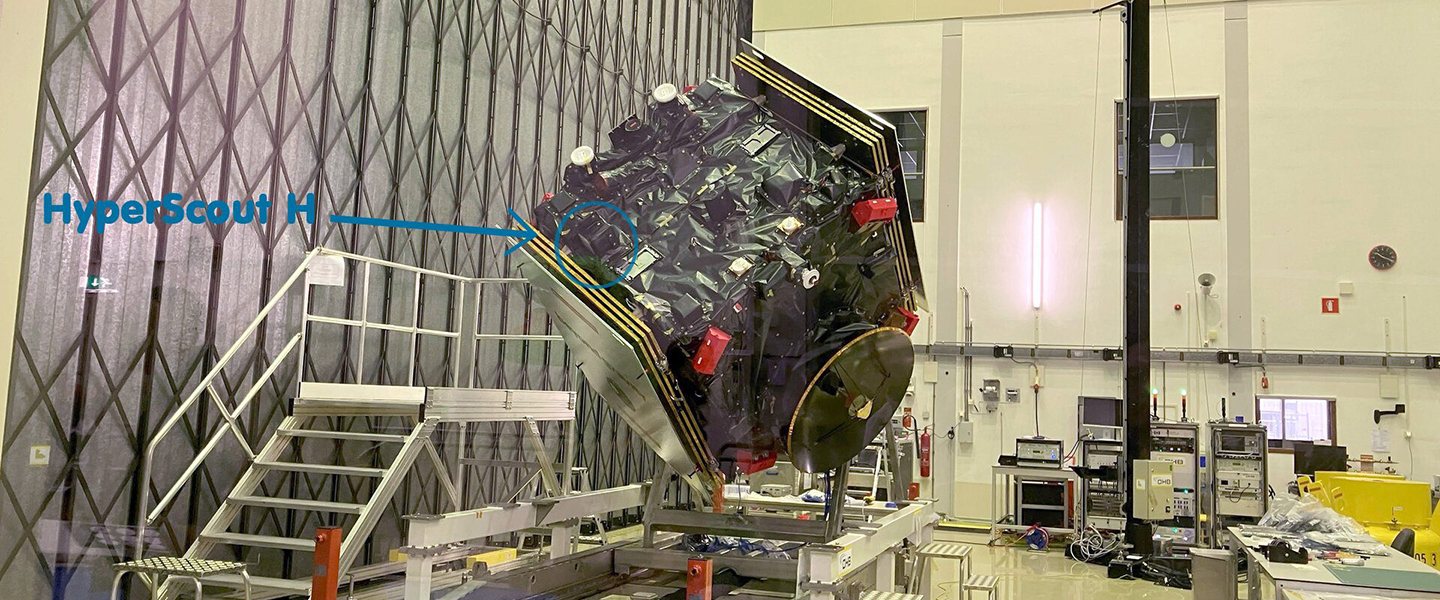Elephant fish perceive their environment through an electrical form of echolocation. They seem to do this in a special, collective way. They combine electrical impulses from others of their species with their own to find prey, for example.
Freshwater elephant fish have a striking appearance thanks to their long, trunk-like snout. They also use eye-catching technology to sense their surroundings. Because these fish live in muddy African rivers, their eyes are not of much use. Therefore, they use a different, similar meaning Echolocation Of bats and dolphins, for example.
In echolocation, animals emit sound pulses and reconstruct their environment by listening to the reflected echo. Elephant fish, also called tapirs, do not emit sound, but rather electrical pulses. Two researchers from Columbia University in the United States I've found out now These fish can also pick up the electrical signals of others of their kind to get a better picture of the environment and are thus able to “see” up to three times farther.
Read also
“There is a large error in the probability value.”
Mathematician Ryan D. Hyde says the p-value is unintuitive and often used incorrectly. We need to find an alternative.
Electric fishing
Elephant fish produce electrical impulses by having an organ in their tail. They can sense electric fields through electroreceptors on their skin. These are nerve endings that are sensitive to electrical fields.
Water and objects in the water, such as stones and plants as well as prey, conduct electrical impulses in different ways. Elephant fish sense the resulting changes in the electric field through their electroreceptors. Just as sound casts an echo in echolocation, these changes in conduction cast a shadow on the fish's skin. The brain translates this information so that the fish knows where to find its prey.
benefit
The two American researchers wondered how elephant fish deal with electrical signals of their kind. After all, they receive it too. It was already known that they were not disturbed by disturbances from other signals. But can they also benefit from it? Engineers know that you can make groups of sonar or radar transmitters and receivers work together, making them work better.
To investigate this, scientists first developed a computer model that simulates the electric fields of a group of fish. This showed that an individual elephantfish gets a better picture of an object if it also takes into account the signals of its group members, in addition to its own signals. According to the computer model, the fish will also be able to perceive up to three times as much thanks to its peers.
Shared perception
The researchers then looked at whether the fish were actually doing what the computer models predicted. They did this by measuring the brain activity of elephant fish using tiny electrodes. This showed that the brain does respond to its own electrical signals and the signals of others of the same type. The measured brain activity was also similar to what computer models of joint perception predict.
The researchers also examined the behavior of fish that were placed together in the tank. Computer models also supported this. They have been shown to swim in formations suitable for joint observation.
“We have shown that these elephant fish appear to ‘see’ better in groups than alone,” Tells Nerves Nathaniel Sawtelle From Columbia University. This is the first time this has been demonstrated in fish electrically sensing. The question now is whether other species use this as well.

“Thinker. Coffeeaholic. Award-winning gamer. Web trailblazer. Pop culture scholar. Beer guru. Food specialist.”







More Stories
TomTom supports the Qualcomm Aware platform
Resident Evil 9 will be revealed soon, and will be released in 2025
Olly Alexander reveals his Eurovision favourite: ‘I think he’ll win’ | RTL Street